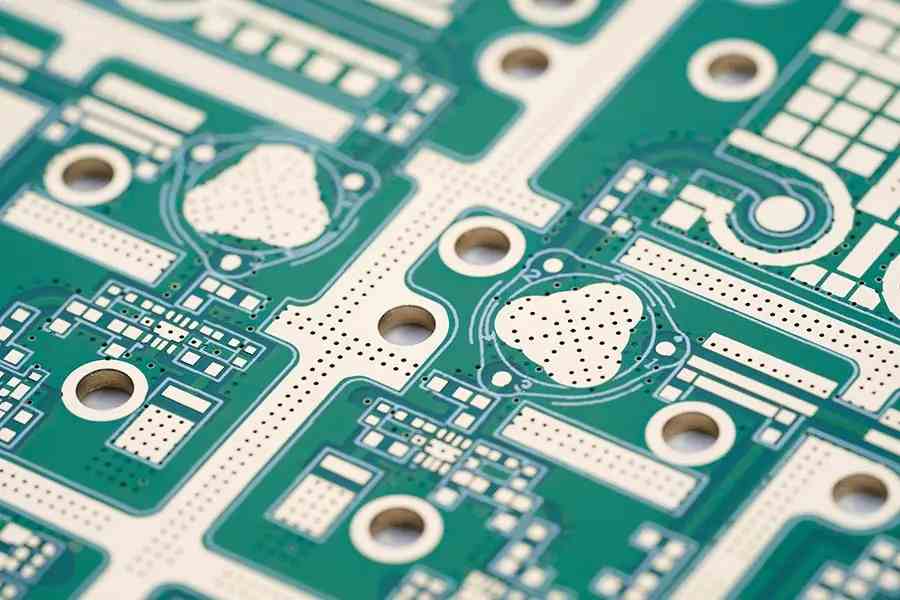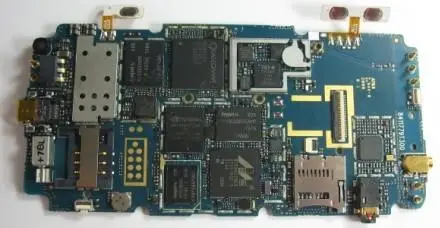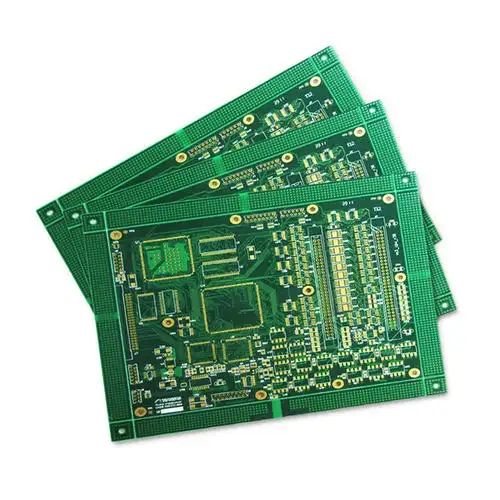
Circuit board assembly and circuit board processing manufacturers explain the design challenges of high power digital amplifiers in circuit board design
The design challenges of high power digital amplifiers include:
1) SMPS issues, including topology and high traffic design issues;
2) Important components in SMPS and high flow signal path must be correctly designated to handle high power and current;
3) PCB design issues, including signal line width and electromagnetic interference (EMI).
SMPS problems
Generally speaking, stereo or multi-channel products that can reach 300 W for each channel need to be able to reach 600 W continuously to comply with the current regulations of the Federal Trade Commission (FTC). According to the regulations of FTC, the left and right channels must continue to exert full power for five minutes before the manufacturer can claim that this power is rated power. Since switching mode power supply (SMPS) is the most commonly used power technology for digital amplifiers, it is required that SMPS can provide 600 W power level for at least five minutes. From the perspective of heat dissipation, five minutes is a relatively long time. In fact, SMPS must be able to achieve this power continuously. For this high power, push-pull, half bridge or full bridge SMPS are generally recommended.

For low-power SMPS designs (below 200 W), the reverse topology is most commonly used. This article does not describe in detail why push-pull or half bridge SMPS is applicable to high power level, and only provides a general description below. In the reverse SMPS, only a part of the transformer magnetic B-H curve is used. In addition, the reverse SMPS is relatively simple in structure and low in cost.
Because the high current of high power SMPS will cause very high magnetic flux in SMPS transformer, the loss of magnetic core can be reduced by using the whole B-H hysteresis loop curve. Push pull or half bridge topology can increase the power of SMPS, however, the complexity and cost of design also increase.
In addition, the components used in SMPS also need to be replaced to achieve high power and high current. The SMPS transformer must also be increased to handle high power and high current. For 220 VAC input, the peak current of 600 W SMPS can reach 15 amperes. For 110 VAC designs (90 VAC to 136 VAC), it is recommended to use a voltage multiplier or power factor correction (PFC) after the filter because the input current will be quite large for 600 W SMPS with 90 VAC to 136 VAC inputs. The components to be closely monitored include the main input AC to DC rectifier capacitor and the auxiliary DC ripple voltage elimination capacitor. In addition, the input EMI line filter must also be able to support the increased power load.
Because the design of these power supplies is quite complex and requires professional knowledge, it is generally recommended to use the existing SMPS power supply.
Components of the audio signal path
The design for higher ripple current has other considerations. For example, according to the circuit shown in Figure 2, when the H-bridge voltage (PVDD) is 50V, 10 µ H inductance is used, and the switching frequency is 384 kHz, the ripple current of the system using TAS5261 can reach 1.6 amperes. This means that the inductor and capacitor in the output LC filter and PVDD capacitor must be able to handle the load current and this ripple current. A high current in the filter inductor also means that the inductor must have a relatively low DC resistance (less than 25 milliohms is recommended). However, even if the resistance is relatively low, the filter inductor will suffer from I2R loss. Inductors must be able to cope with the resulting temperature rise, especially for core materials. The TAS5261 reference design contains a material list and a specific inductance part number.
PCB design problems
The PCB signal line of the high current amplifier and SMPS must have the minimum resistance to minimize I2R loss. In general, this means that 2 ounces of copper should be used and the signal wire should be as wide as possible. In order to minimize EMI and audio performance problems, you should follow the configuration as far as possible, and apply this configuration to the high voltage/high power terminal of the power level completely unchanged. The high power signal line is located on the top right side of the integrated circuit (IC).
The new high wattage power stage of digital amplifiers will help to develop more diversified products and applications. The concepts described in this paper can help overcome the main challenges encountered in high power design. PCB assembly and PCB processing manufacturers explain the design challenges of high power digital amplifiers in PCB design.







